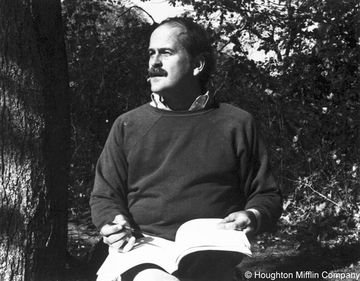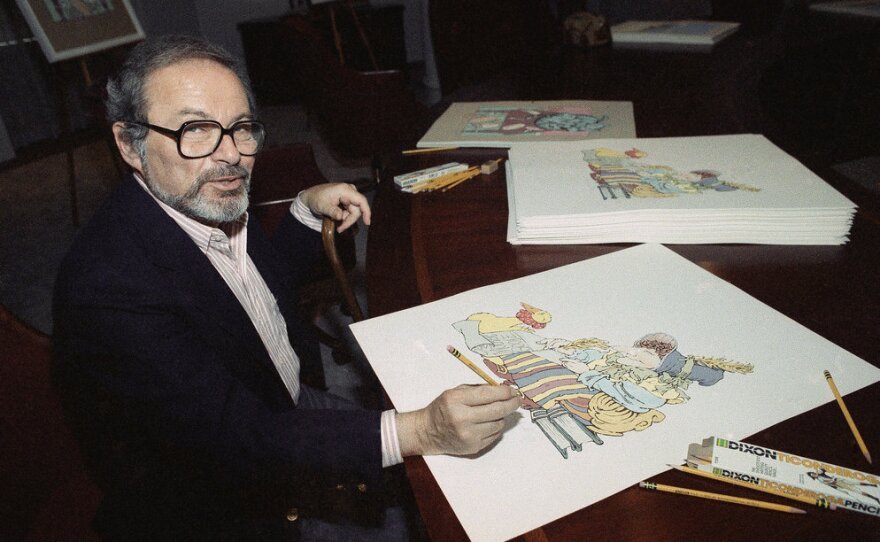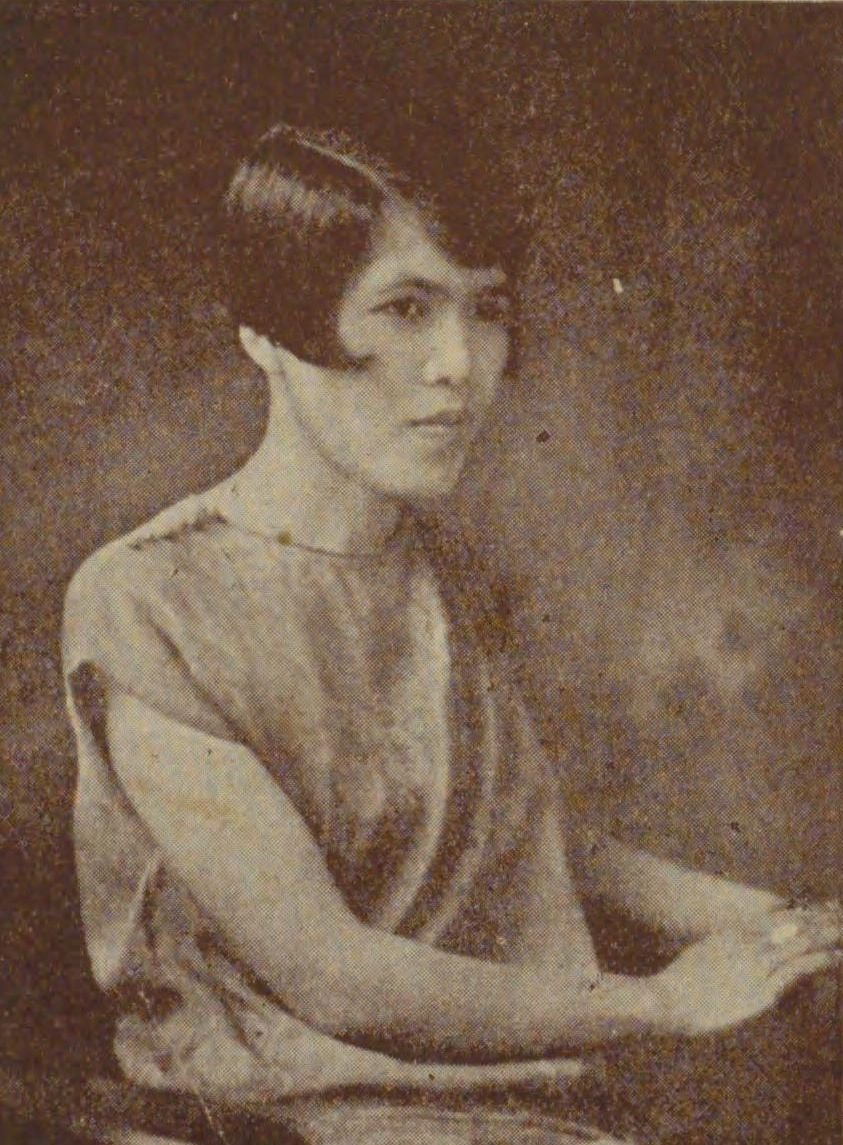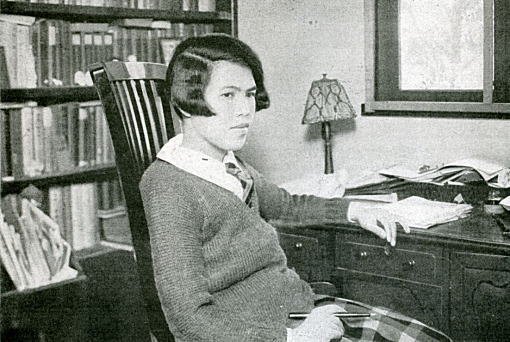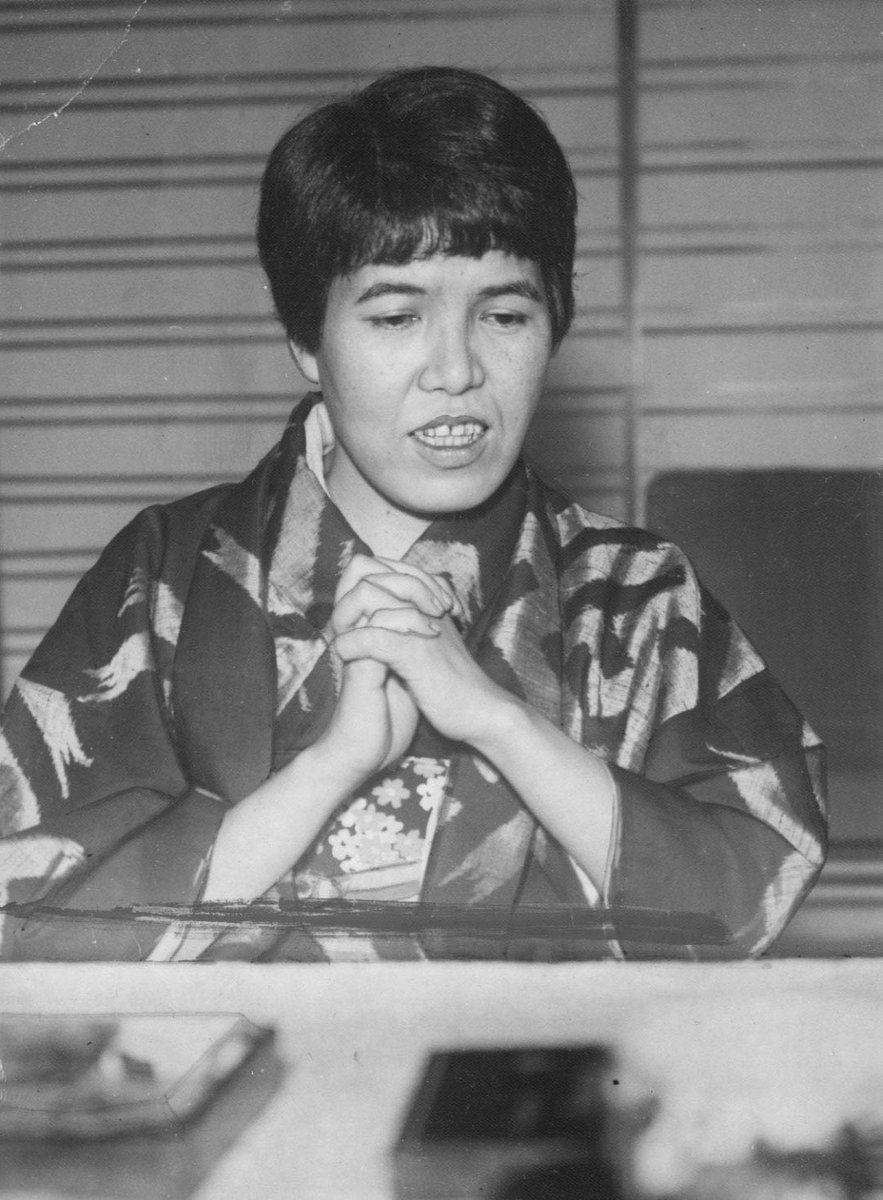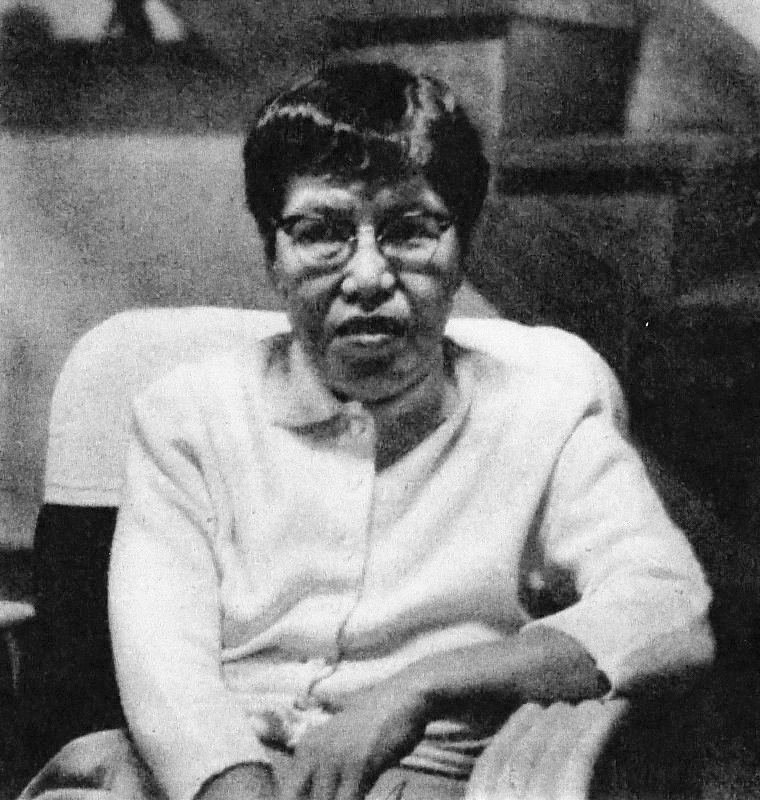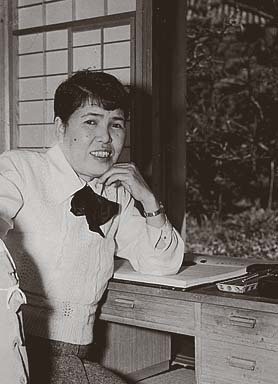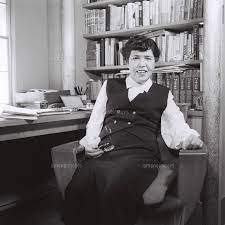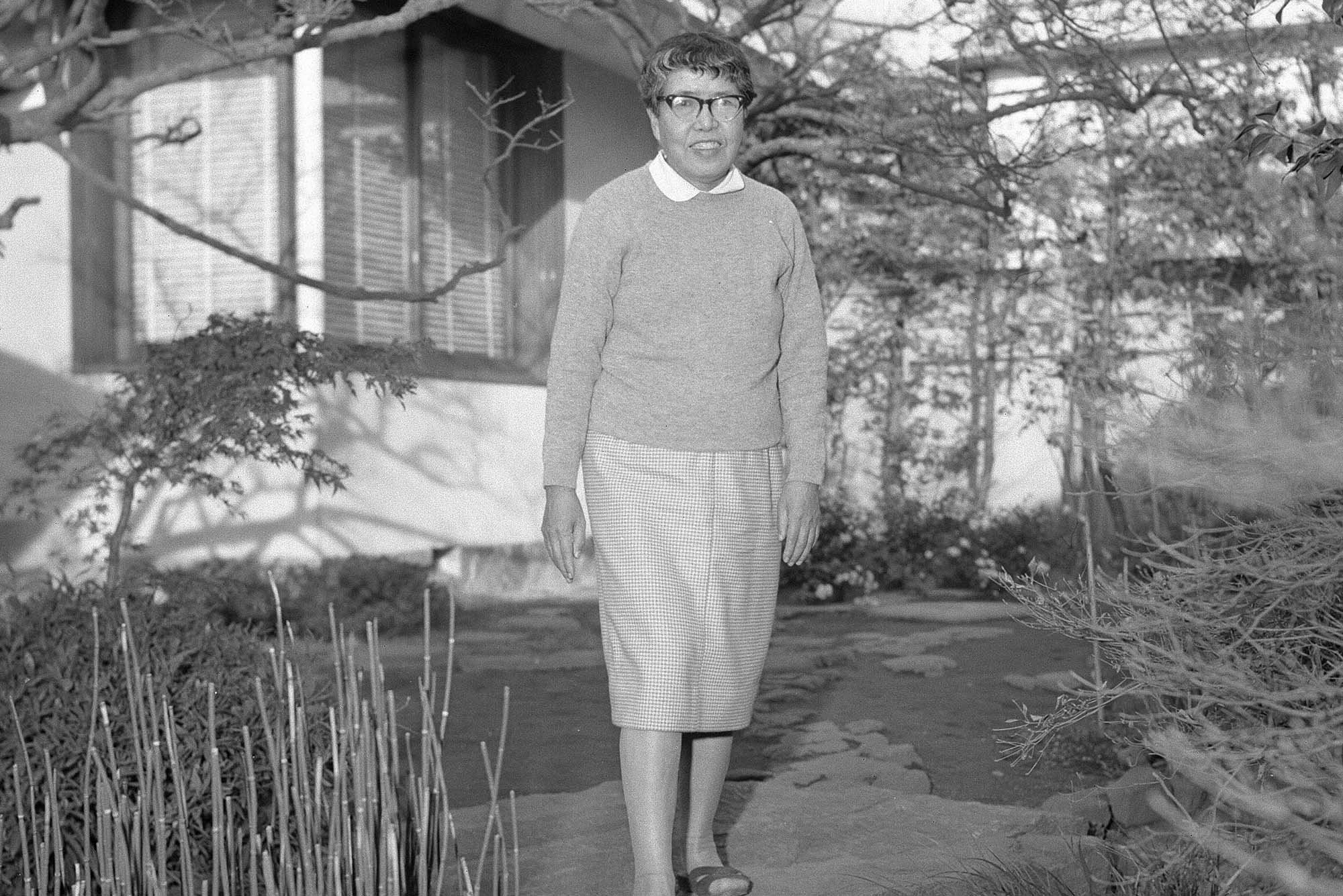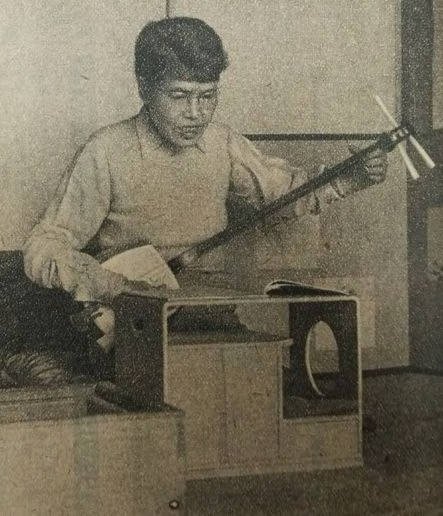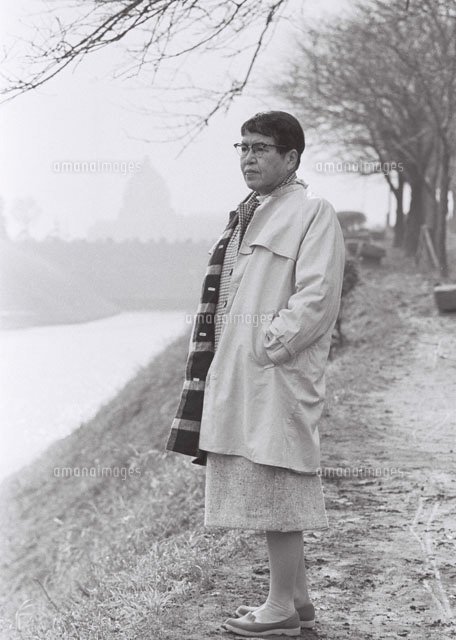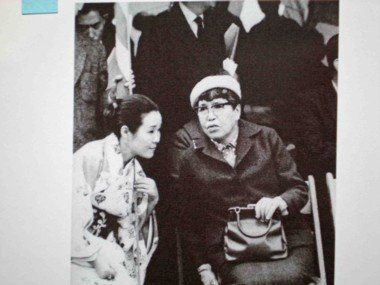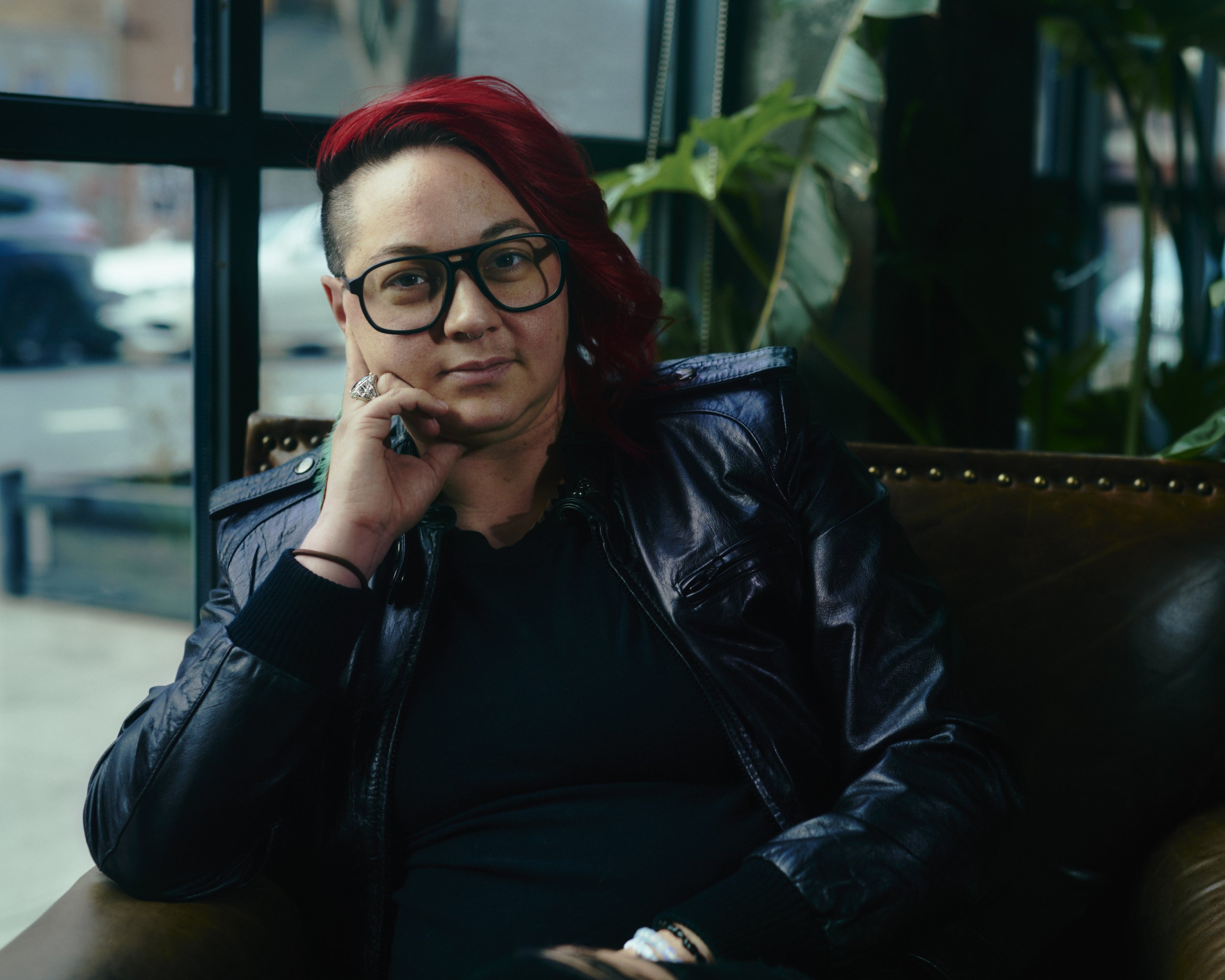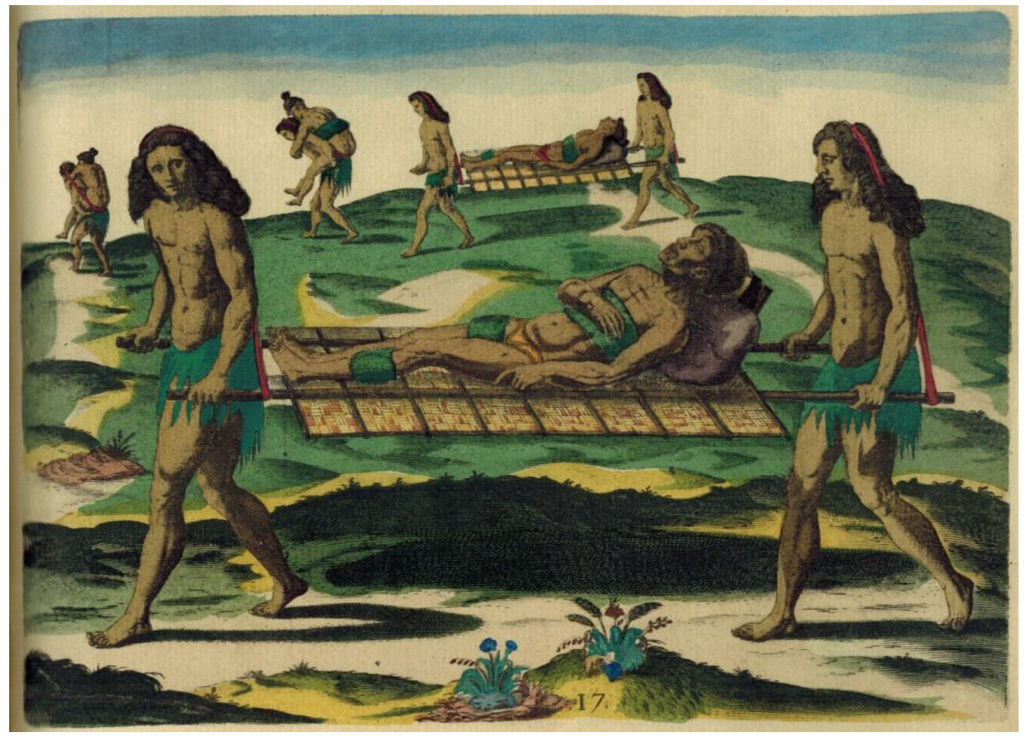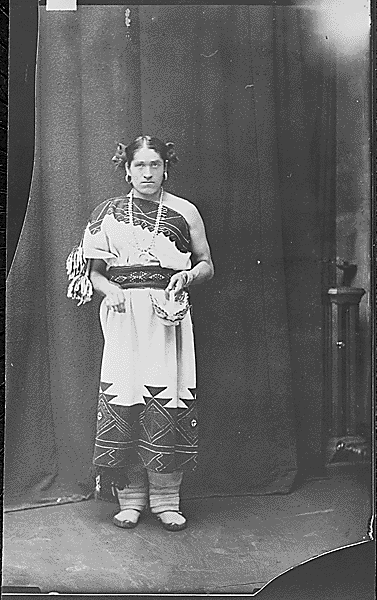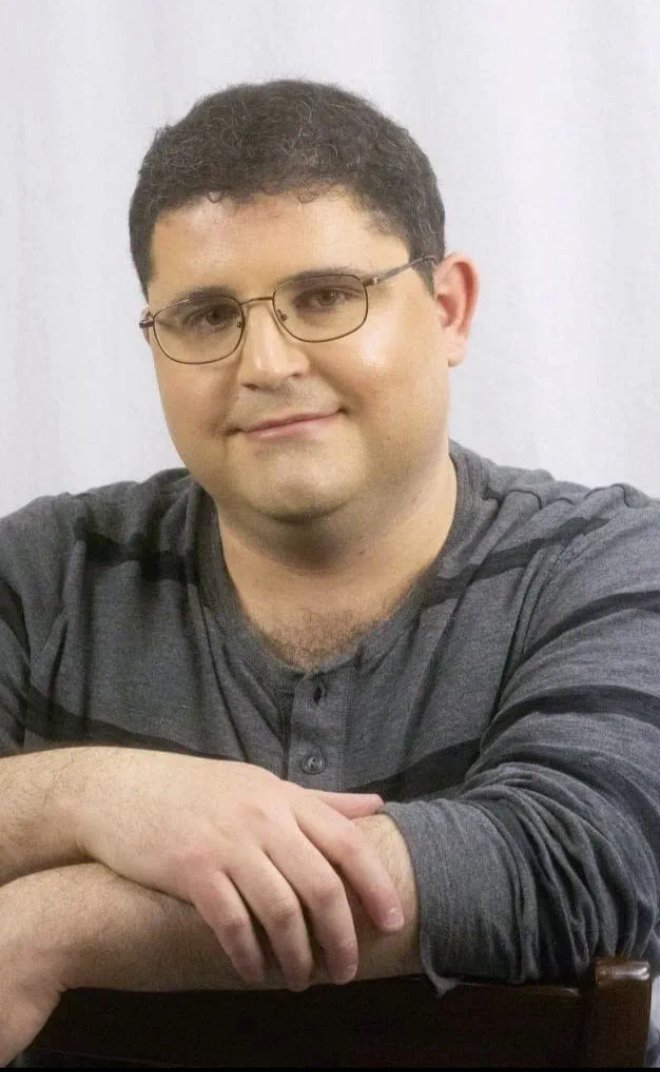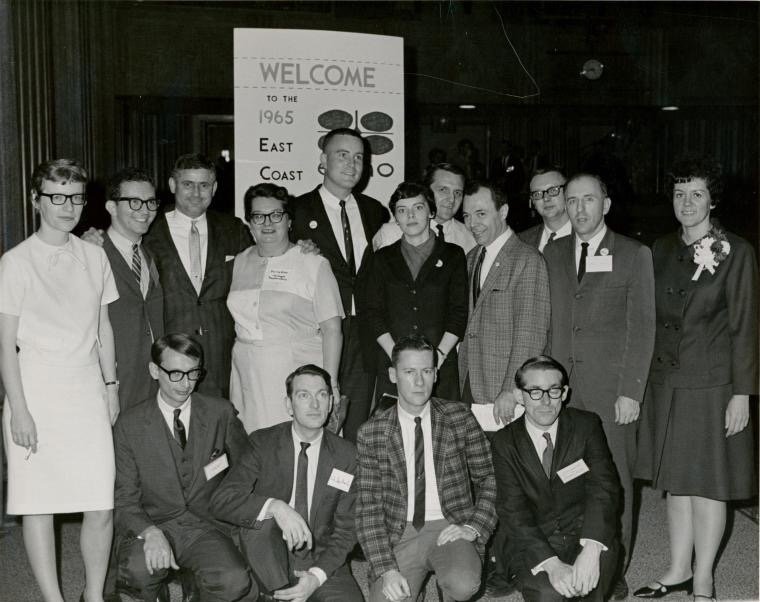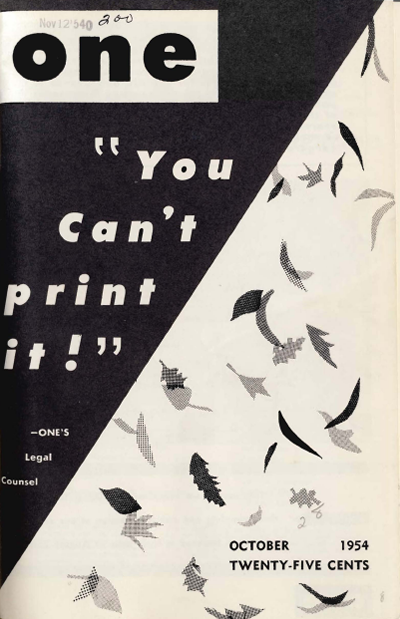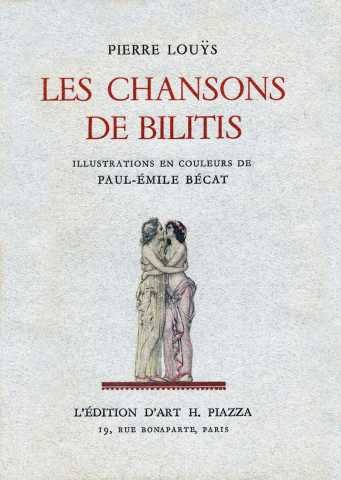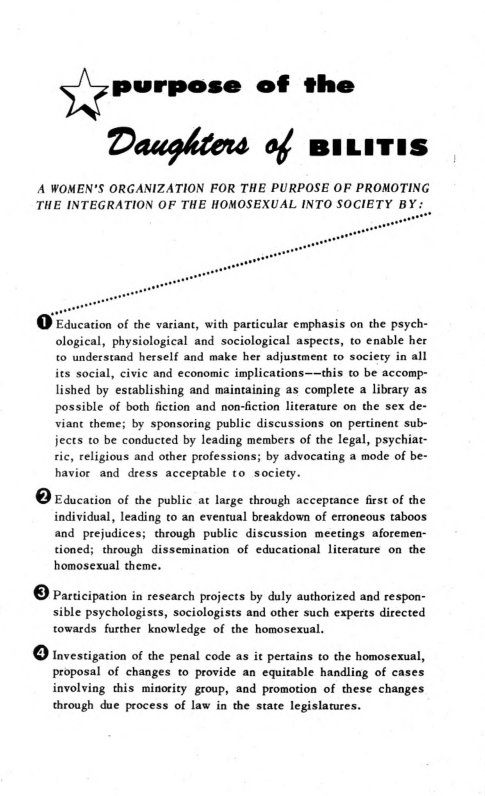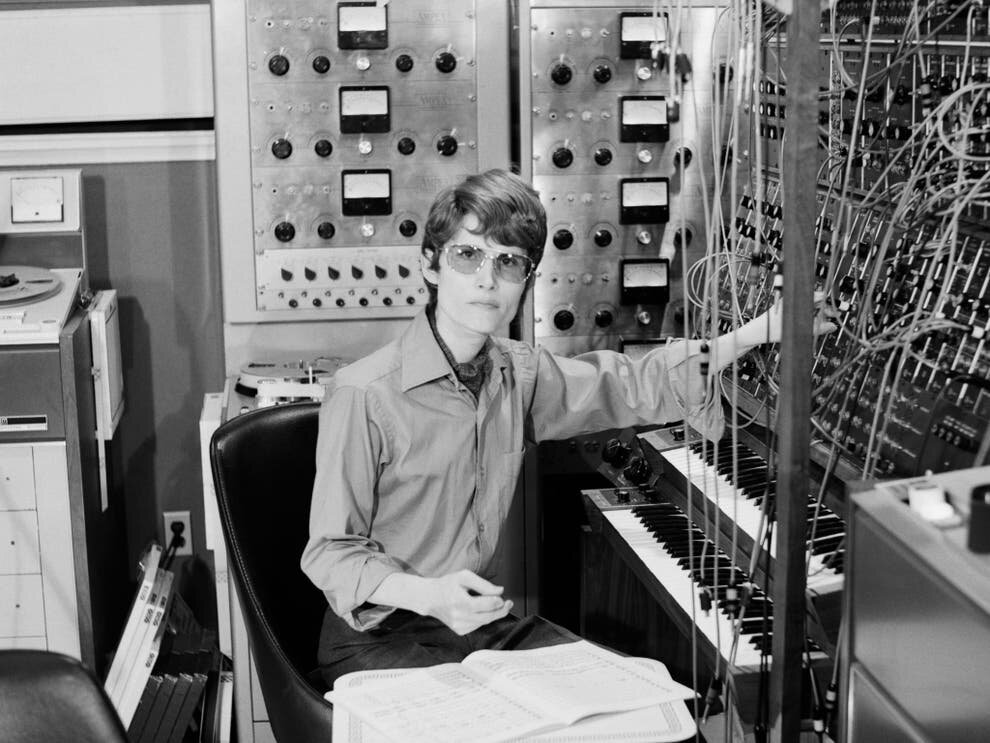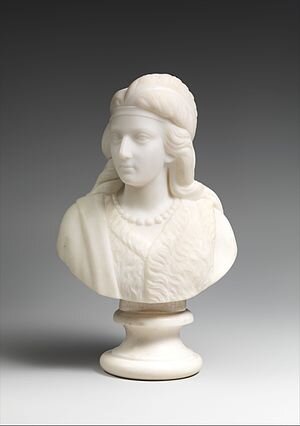48. All Your Children's Books Are Belong To Us (Gays), Part 2
/Welcome back to History is Gay, with part 2 of our three-part exploration of classic queer children's literature authors, with guest host Aubree Calvin! In this second installment, we give more background on the history of queer children's literature and dive a bit deeper into our favorite Queer Kid Lit fairy grandmother Ursula Nordstrom before moving into our main coverage focusing on two additional authors, beloved James Marshall, author of George and Martha and the Miss Nelson series, as well as the iconically curmudgeonly Maurice Sendak, known best for Where the Wild Things Are.
Part three will be coming your way soon with even more queer children's authors to explore :)
Aubree, or Bree to her friends and enemies alike, is a black, queer trans woman on the edge of turning 40. A southerner for most of her life, Aubree has family roots across the south. She loves studying politics, history, and learning about all aspects of queer culture. Aubree started her podcast, Southern Queeries, because she’s tired of society ignoring the south's diverse communities. Professionally, Aubree is a community college government professor and part time writer. When not talking, teaching, or writing, Aubree’s spending her free time with her wonderful wife and daughter.
Locate Aubree upon the internet:
Aubree Writes on Facebook
@BreeinTX on Twitter
A Closer Look at the Queer Authors Behind Your Favorite Childhood Books
Take a gander at the folks we’ve covered in this episode.
Ursula Nordstrom (1910 - 1988)
We just scraped the surface of Ursula’s importance to the legacy of the authors in this series the last episode, but we wanted to focus a bit more on her in this one!
Born Feb 2, 1910, in Manhattan, Ursula Nordstorm was INTEGRAL to fostering the era of classic children’s literature that many of us grew up with, recruitng, discovering, and mentoring several authors as the editor and publisher at Harper & Row. And fun fact, she was a lesbian!
She was so incredibly passionate about the world of children’s literature, and even balked at an offer to move into adult literature, scandalized at the very suggestion. She felt strongly about making “Good books for bad children”, rather than didactic books speaking to a nonexistent angel child model.
“Is there a real world where young people always respect their always respectable parents?”
-Ursula Nordstrom
She also authored one book in her tenure, called The Secret Language, about two girls at a boarding school who create a secret language to talk to each other. It is very gay. A collection of her correspondence and letters was published in 1998, called Dear Genius: The Letters of Ursula Nordstrom.
James Marshall (1942 - 1992)
Most well known for his Greg and Martha books about a pair of platonic hippo friends, James Marshall’s cozy illustrations and charming storylines endure today! He also frequently collaborated with Harry Allard, most notably on the Miss Nelson series, about sweet teacher Miss Nelson and her nasty alter ego Miss Viola Swamp.
On the cover, you can also see some of the heavy Texas influence Marshall included in much of his work, reflecting on his childhood growing up there!
self portrait!
A fun little documentary on Marshall:
Maurice Sendak (1928 - 2012)
The iconic Maurice Sendak was born June 10, 1928 in Brooklyn, NY, good friend to James Marshall, mentee of Ursula Nordstrom, and the man who brought us Where the Wild Things Are and In the Night Kitchen, among many other classics. Sendak’s work frequently depicted complicated, chaotic children and spoke to some of the darker elements of childhood and growing up, but with wit and charm all the same.
Sendak’s In the Night Kitchen is one of his most challenged books, causing scandal at its publication because of its depiction of Mickey, its precocious 3-year old protagonist, losing his pajamas and cavorting around the rest of the book naked. So scandalous that some librarians even took to actually painting diapers on little Mickey! We’re having a flashback to the Sistine Chapel and Danny the Panty Painter…
In addition to his writing and illustration, Sendak was heavily involved in theatre, often providing set, costume, and production design for theatre adaptations of his work as well as many operas! Here are some of his contributions:
Sendak with a wild thing costume
And then the sketch design!
sendak with a self-portrait of himself he created for a production of the nutcracker
set design for where the wild things are
set design for the magic flute
If you want to learn more, check out our full list of sources and further reading below!
Online Articles & Resources:
What a Wonderful World: Notes on the Evolution of GLBTQ Literature for Young Adults
Five Gay Picture-Book Prodigies and the Difference They’ve Made
Ursula Nordstrom and the Queer Revolution of the 20th Century Children’s Book
James Marshall
Finding the Artist in His Art: A Week with the James Marshall Papers
Lambert, Bruce. "James Marshall, 50, an Illustrator And an Author for Children, Dies." New York Times
Sandra Horning's Blog Post #3 | Archives and Special Collections Blog
Butte College Zine: I wonder if We Are Brave Queer Authors of Magical Children’s Literature.
Lorraine, Walter, et al. "James Marshall remembered." Publishers Weekly
Maurice Sendak
Queer and Jewish Identity Are the Heart of “Where the Wild Things Are”
Maurice Sendak: Being gay in the old days was hard, being gay later was weird.
Books & Print Articles
Tatar, Maria, “Larger Than Life and Twice as Natural”, PMLA, January 2014, Vol. 129, No. 1, pp. 121-124. https://www.jstor.org/stable/24769431
Rosky, Clifford. “Fear of the Queer Child”, Buffalo Law Review Vol. 61, No. 3, 2013. https://digitalcommons.law.buffalo.edu/buffalolawreview/vol61/iss3/4
Kander, Jessica. “Reading queer subtexts in children’s literature”, Digital Commons@EMU, Eastern Michigan University, 2011. https://commons.emich.edu/cgi/viewcontent.cgi?article=1328&context=theses









